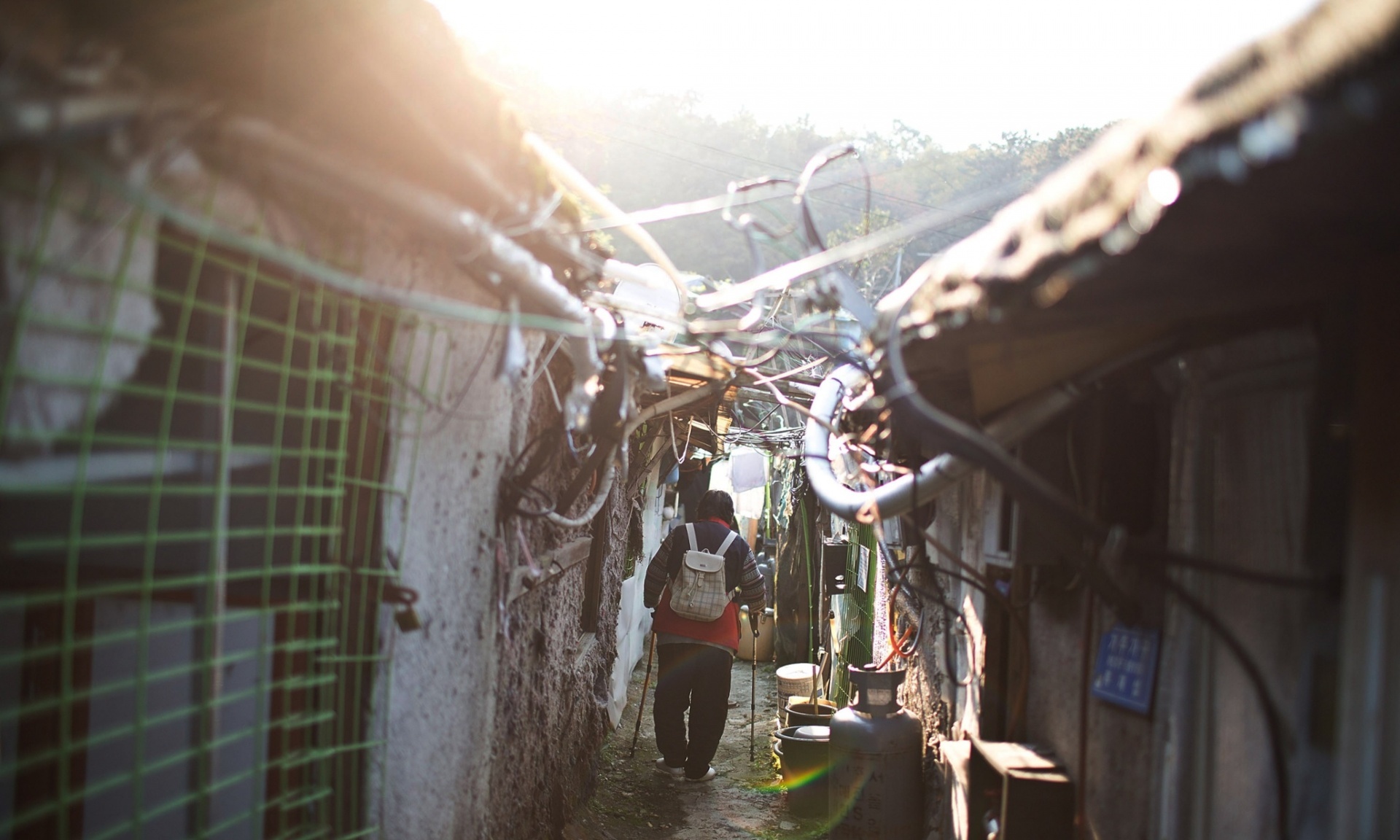
located near the wealthy Gangnam district.
The official figure for the number of people who live in slums
is 863
million people, but that number is more likely to be 1.3
billion and by 2050
the world’s slum population will reach well over two billion on current trends.
So the target in sustainable development goals to “ensure access for all to
adequate, safe and affordable housing and basic services, and upgrade slums by
2030” seems overambitious at best, and simply delusional at worst.
To know whether a target to
“upgrade” slums can be achieved it has to be measurable, but for many slums
there are only rough population counts without detailed enumeration. Experience
in India shows that
when a proper, community-based census does take place, the real numbers turn
out to be much higher than the estimates.
Dharavi in Mumbai, possibly
Asia’s biggest slum, has one million people crammed into one square mile;
Mumbai itself has more than nine million slum dwellers, up from six million a
decade ago. Yet in 2009, India launched just the sort of plan that the UN goals
would encourage, aiming for a
slum-free India within five years. Since then the slums have grown
unabated. This suggests there is a range of problems in delivering the UN
target.
First, the world is moving inexorably to city dwelling, with more than half of humanity now living in cities.
Ninety percent of new urban growth is taking place in developing countries and
one third of their city population already lives in slums. While 95% of slum
dwellers are in developing countries, even metropolises like London have a
growing problem of “beds
in sheds”.
Second, the physical
and legal challenges of
slum settlements can be overwhelming. In a city like Caracas, where the poor
want to live as close as possible to jobs in the city centre, most slums occupy
precarious sites that are susceptible to landslides. Elsewhere, slums might sit
on the slopes of an active volcano, bestride an earthquake fault or in the
flood-prone basin of a former lake – all sites eschewed by mainstream housing
developers. Almost all slums have complex issues about land rights, and the
lack of land ownership creates a vicious cycle – not only public authorities,
but banks and developers are unwilling to invest without clear land titles.
Third, replacing bad
housing – or even repairing it – is costly and complicated – estimated costs
vary considerably and global figures are scarce. One
estimate from 2005 for the previous Millennium Declaration to
improve 100 million slums by 2020 was that the 15-year target would cost an
enormous $300 bn. And even this assumes 80% of the costs will be met by the slum
dwellers themselves.
The cost of upgrading slums
doesn’t mean it can’t be done. Sao Paulo won
an award for its slum
upgrading programme, implemented over two decades. But compared with other
cities, its slum population (800,000) is modest. The task facing Mexico City,
which hosts the Neza-Chalco-Itza slum area with its four million
inhabitants, is more typical of the developing world’s big urban centres and
far exceeds the budgets of municipal authorities.
As politicians try to court
the growing middle classes the world over, housing policies shift and the
benchmark for affordability is raised. Meeting poorer people’s housing needs requires
bigger subsidies just at a time when most countries are cutting back on public
spending – or even pulling out of subsidised housing altogether. If this is
happening in rich countries such as Britain and the US, it is even more likely
in poorer countries with tighter budgets and limited tax bases.
The above recognises
that policy and price are two important determinants of whether the SDG target
can ever be achieved. But a third determinant is possibly the most important:
participation. Programmes to improve slums or rehouse their occupants often
don’t engage properly with the people themselves. This means that they are
likely to be resisted and – if they do go ahead – more likely to fail.
Putting “the urban poor at the centre of strategies for urban
development” is the
very reason the organisation Shack/Slum Dwellers International was set up.
Its president, Jockin Arputham, may have been recognised
with a Nobel Prize nomination, but their work is far from over. The
urban poor are still unseen and unheard and until that changes, the UN’s
ambition to curb slum dwelling has no chance of being achieved, whatever
resources are devoted to it.
That said, just because the
target is hard doesn’t mean it shouldn’t be attempted. Slums may be poor, but
they are economic powerhouses, with their mostly young populations finding
innovative ways to generate income in an informal economy.
Most of the resources to
upgrade slums will inevitably come from these people, whether through the
community savings schemes run by Interação in Brazil, women’s group Mahila Milan and
their self-build housing in Mumbai, or the Centre
for Community Initiatives’ pit latrine programme in the slums of Dar
es Salaam. Such projects often need seed funding and an injection of expertise
to get going. The development community can provide this. But if more
governments were to change their approach and begin to trust, promote and
invest in slum dwellers, then they might start to keep pace with the problem
rather than falling ever further behind.